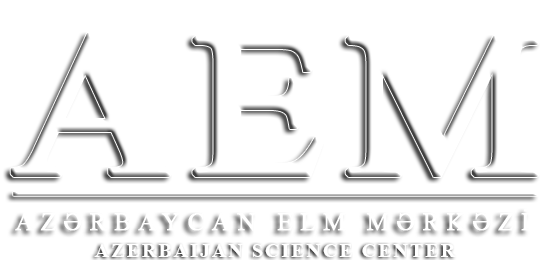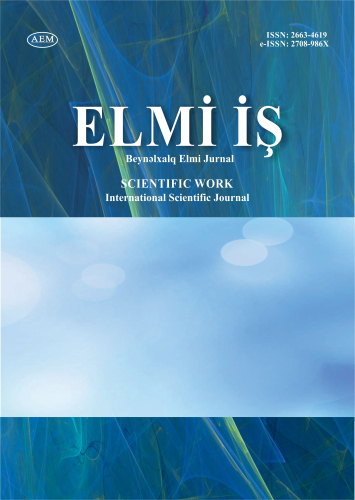DOI: https://doi.org/10.36719/2663-4619/116/16-20
Khadija Hidayatova
Baku State University
https://orcid.org/0009-0000-7185-4183
khadijahidayatova@gmail.com
Dynamics of Equilibrium Prices in the Country's Economy:
Based on the 2016 Model
Abstract
The equilibrium price model is one of the key tools for analyzing intersectoral relations and the mechanisms of price formation within an economic system. This study investigates the determination of equilibrium prices based on the classical Leontief input-output model, which considers the mutual influence between production and consumption sectors. The model assumes that each unit of output requires inputs from other sectors in fixed proportions, and this interdependence directly affects the formation of prices. The study examines the structure of the transpose of the inverse cost matrix and the associated price vectors, exploring the conditions under which internal equilibrium is achieved within the economic system. The application of the equilibrium price model offers broad opportunities in economic planning, the formation of sectoral policies, and the evaluation of domestic market stability. The findings indicate that accurate modeling of intersectoral relationships is essential for maintaining overall price stability and ensuring the optimal allocation of resources.
Keywords: equilibrium price model, eigenvalues, input-output balance equations, oil and non-oil sectors, national economy

